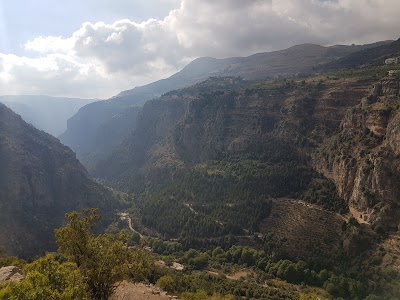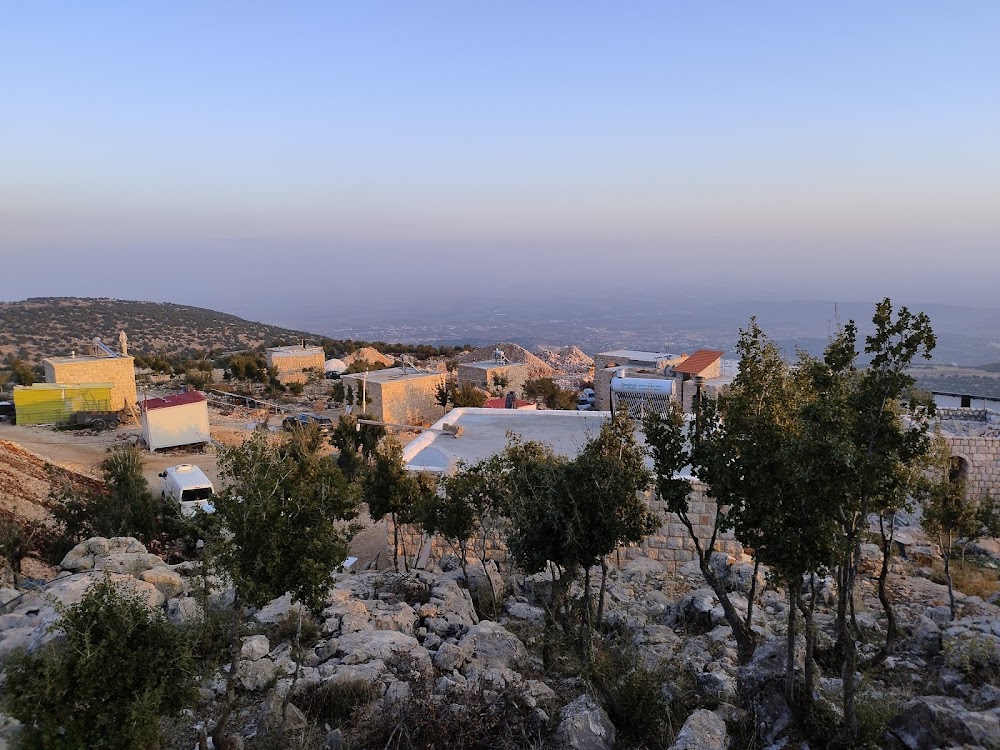Baalbek (بعلبك)
Overview
Baalbek, an ancient city nestled in the heart of the Beqaa Valley in Lebanon, is a marvel of antiquity that captivates tourists with its grandiose ruins and rich historical significance. Often referred to as Heliopolis, or the "Sun City" in ancient times, Baalbek showcases a remarkable blend of Phoenician, Roman, and Byzantine influences. Visiting Baalbek is like stepping back through millennia to an era when towering gods were worshipped in awe-inspiring temples.
Historical Significance
The history of Baalbek is a captivating tale that spans several civilizations. Originally dedicated to the Phoenician god Baal, the site drew the interest of the Romans in the 1st century BCE. They embarked on an ambitious construction project that lasted over two centuries, ultimately transforming Baalbek into one of the most extensive and impressive religious complexes in the Roman Empire. The ruins we see today, particularly the Temples of Jupiter, Bacchus, and Venus, stand as a testament to their architectural prowess and religious devotion.
The Temple of Jupiter
The Temple of Jupiter is the largest and arguably the most imposing of the structures at Baalbek. Its immense size, combined with the intricacy of its design, showcases the zenith of Roman engineering. Originally supported by 54 giant granite columns, only six remain standing today, yet they exude an aura of grandeur and dominion. The massive stones used in the temple's foundation, some weighing as much as 800 tons, continue to baffle modern engineers and remain a source of fascination for visitors.
The Temple of Bacchus
Adjacent to the Temple of Jupiter is the remarkably well-preserved Temple of Bacchus. Often overshadowed by its larger neighbor, this temple is celebrated as one of the best-preserved Roman structures in the world. Its detailed carvings and elaborate decorations, which depict scenes of mythical revelries, highlight the cultural importance of Bacchus, the god of wine, revelry, and fertility. Walking through its grand entrance and into the temple cella immerses visitors in ancient Roman religious life.
The Temple of Venus
The smaller Temple of Venus, with its distinctive circular shape and scalloped walls, further enriches Baalbek's architectural diversity. Though less extensive than the other temples, its unique form and intricate details reflect the eclectic styles and influences that have pervaded Baalbek throughout its history.
Strategic Importance
Beyond its religious monuments, Baalbek also played a significant role as a major focal point in the Roman Empire. It served as a critical juncture for commerce and military strategy, linking the eastern provinces of the empire with the Mediterranean coast. This strategic importance continued through subsequent Byzantine and Islamic periods, each leaving its own mark on the site.
Modern Cultural Events
One of the most intriguing aspects of Baalbek is its role in modern cultural events. The Baalbek International Festival, established in 1956, has evolved into a renowned celebration of music, dance, and theater. Held within the ancient ruins, the festival attracts artists and audiences from around the globe, seamlessly blending contemporary culture with historic grandeur. Attending this festival offers a unique opportunity to experience Baalbek not merely as an ancient relic but as a vibrant venue of modern creativity.
Exploring the Beqaa Valley
For those planning a visit, Baalbek offers more than just history and ruins. The city is surrounded by the lush Beqaa Valley, famous for its fertile lands and vineyards. Visitors can explore the valley’s rich agricultural heritage, sample local wines, and enjoy the picturesque landscapes that have sustained its populations for thousands of years. The nearby village of Zahle, often referred to as the "Bride of the Beqaa," is celebrated for its delightful cuisine and hospitable people, making it a pleasant addition to any itinerary.
A Symbol of Human Achievement
Baalbek is more than just an archaeological site; it symbolizes human achievement and resilience. Its towering columns and detailed carvings speak to a time when gods walked the earth, and empires vied for dominance. Whether you are an avid history buff, an archaeology enthusiast, or simply a traveler seeking to witness the grandiosity of ancient civilizations, Baalbek promises an unforgettable journey.
In summary, Baalbek is a richly woven tapestry of history, culture, and architectural wonder. Its temples stand as some of the finest examples of Roman architecture outside of Rome itself, while the ongoing cultural festivities keep its spirit alive. A visit to Baalbek is a chance to traverse through history and savor the timeless allure of one of the ancient world’s most captivating sites.






